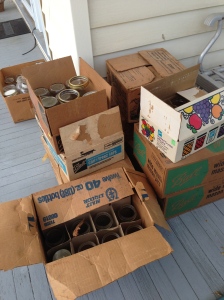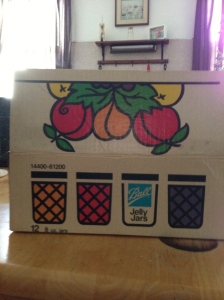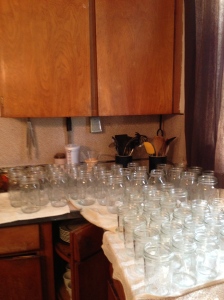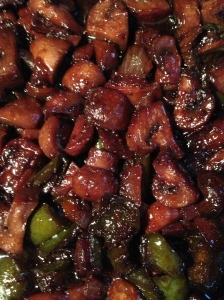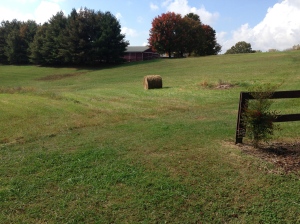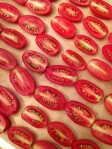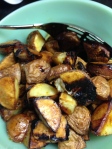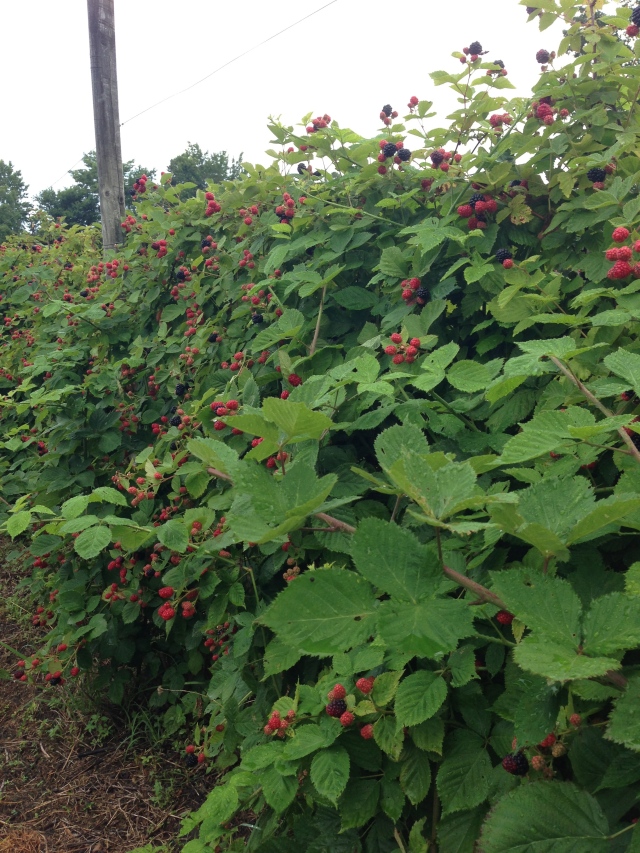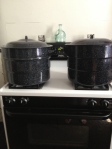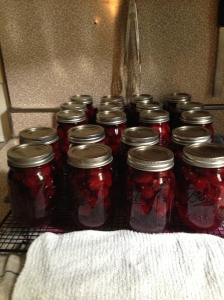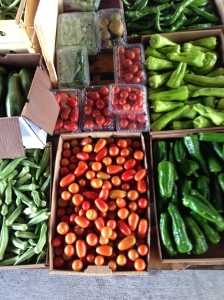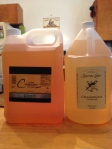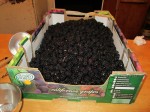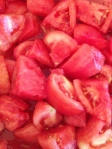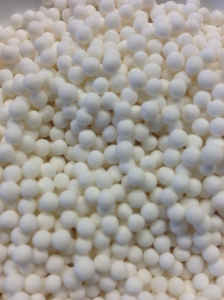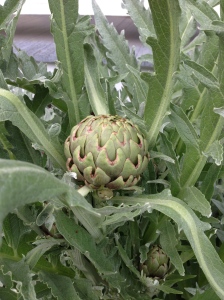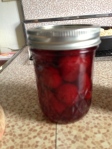We drove to New Jersey last weekend to pick peaches and plums and spend the weekend with Denise’s family. Denise grew up in New Jersey and I spent a lot of my adult life there. I suppose it’s no surprise that the Jersey girls who met in Virginia became fast friends.
We missed the plums by a week. We moaned and groaned for a bit. But there would be peaches and cream donuts. Subs and fresh bread. Good company and good conversation. There’s no room for disappointment in that mix.
Denise’s dad is an avid picker. He loves to be in the fields in the quiet of the morning. 50 pounds of blueberries, 50 pounds of strawberries, 100 pounds of peaches with apples yet to come. Picking is his moment of Zen. He is, undoubtedly, the most popular guy on the block on picking days.
We were in the orchard by 9:00. The farm was enormous. Fields of grapes, nectarines, apples, peaches, blueberries-it seemed to go on forever. We were alone-the silence broken only by a rooster who got up late and a donkey who seemed mad to be awake at all. The three of us picked close to 70 pounds of peaches in less than an hour.
Before we knew it, it was time to leave. We gently loaded the peaches into the car, in single layers, in boxes we’d brought from home. They took up every inch of space. Denise wanted to stop for hard rolls on the way out of town. I don’t know what I expected, but when we walked in, I was stunned by the sight and the smell. There was bread everywhere-fresh from the ovens, rolling down conveyor belts, stacked on rolling shelves. The whole way home the car smelled of fresh bread and peaches.
Driving more than five hours to pick peaches may seem eccentric, but New Jersey peaches are the best peaches we’ve tasted. There is a reason it’s called the Garden State. Back home, the peaches took over the dining room and the kitchen. We watched over them, waiting for the moment they’d be ready to be canned. None touching, no bruises. I was off Monday. Denise called mid morning. “How are you?” she asked. What she was really asking was “how are the peaches?”
Tuesday afternoon they were ready. The first thing we learned is that peaches don’t blanch like tomatoes. The skin does not slide off. We peeled and cut pounds and pounds of peaches that afternoon. We canned 10 quarts and 10 pints of sliced peaches (about 40 pounds). We froze about 10 pounds and used 16 pounds to make peach butter in a slow cooker. The rest we ate. And they were magnificent-worth every mile.
PEACH BUTTER IN A SLOW COOKER – based on the recipe from smittenkitchen
We found recipe for peach butter that used very little sugar and no spices. We made a small test batch, further reducing the sugar and it was very good-peaches pure and simple. We then made a triple batch, reducing the sugar even further. What we didn’t allow for was the additional time it would require in the slow cooker and had our first experience of midnight canning. That won’t happen again-ever.
- 8 pounds peaches, peeled and diced
- 2 cups water
- 1-2 cups of sugar or to taste – the sugar is added after you make the pulp so you can taste as you go
- 4 tablespoons organic lemon juice
Place peaches in a large pot and add the water. Bring to a boil. Reduce heat to a simmer and cook until peaches are soft. Using an immersion blender or food processor, puree to desired consistency. Pour pulp in to slow cooker. Add the sugar and lemon juice. Set slow cooker on low. The process now can take anywhere from 6-12 hours. Stir occasionally to avoid scorching. We test for doneness by using small plates we’ve placed in the freezer. Put a small amount on the plate, let the plate come to room temperature. When it reaches the consistency desired, pour in to 4 ounce or 8 ounce jars, leaving 1/2″ headspace and process in a hot water canner for ten minutes. If you want to try to make it but you don’t want to can it, it will keep for about a month in the refrigerator.















